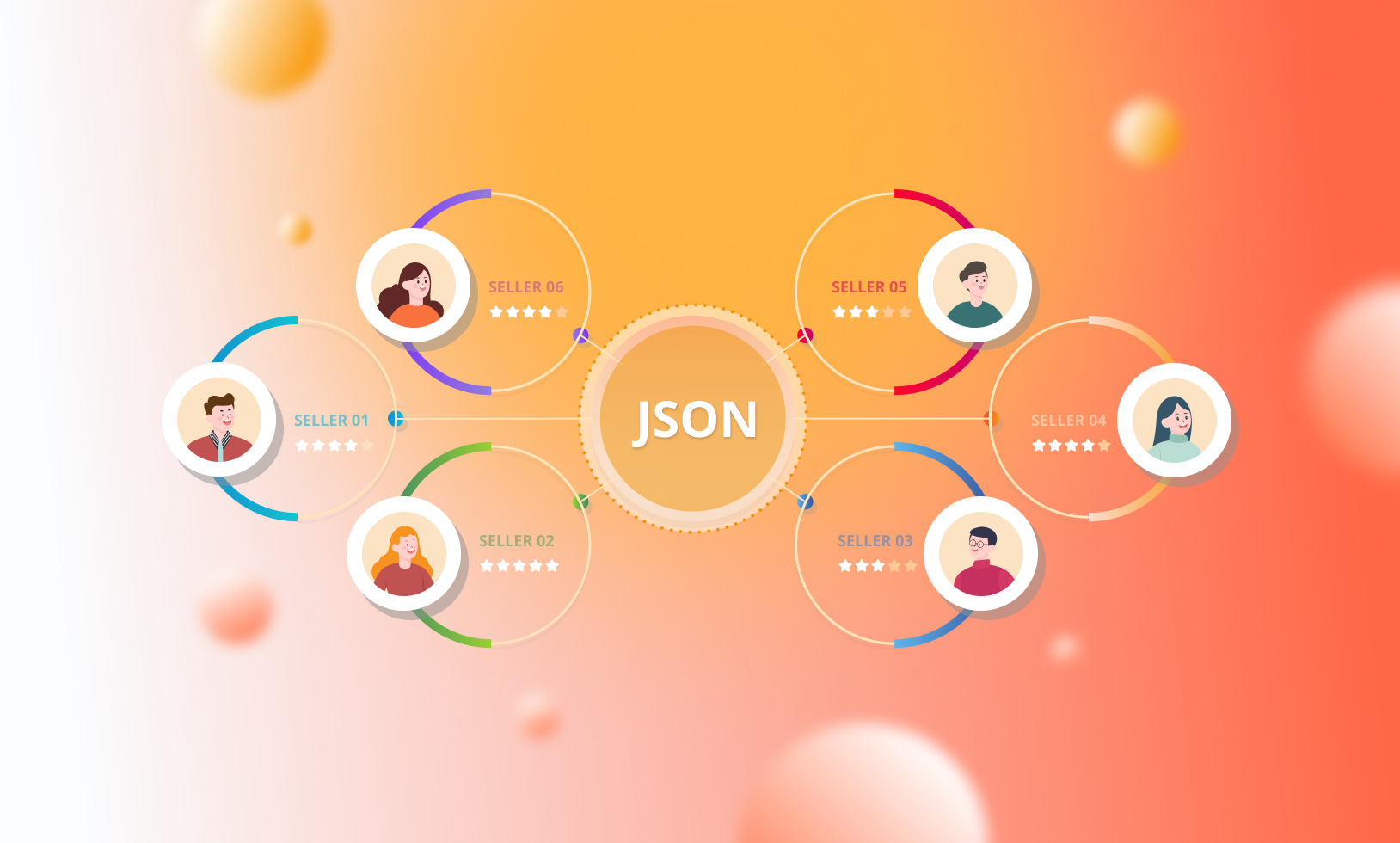Sellers.json: what is it and what do publishers need to do?

In recent years, many rules and standards have been introduced to create a better digital advertising ecosystem. One of them is sellers.json. In this blog post, we will learn what sellers.json is and what actions publishers should take in relation to this standard.
Summary
- What is sellers.json?
- How does sellers.json work?
- Why is it important?
- What actions should publishers take?
What is sellers.json?
Sellers.json discloses information about the relationship between various participants in the programmatic advertising market, in particular between SSP (Supplier Side Platforms) or resellers and exchanges and their publishers. The tool was introduced by the Internet Advertising Bureau (IAB) in July 2019 to further enhance the transparency of the digital ecosystem.
Whereas the ads.txt standard indicates which companies are eligible to sell site inventory, the sellers.json file publishes a list of all authorized SSP reseller partners. Both SSP and publishers benefit from the application of the standard by making sellers’ information transparent and accessible, thereby contributing to a sustainable digital ecosystem.
How does sellers.json work?
Sellers.json is extremely easy to access. All you need to do is to add “/sellers.json” to the website domain of the SSP network in the address bar of the browser, for example, “https://{advertising_system_domain}/sellers.json” and that’s it.
According to the spec, sellers.json must include required fields such as seller ID and seller type, and disclose the company name and company domain name if the seller’s identity has been chosen to be transparent. Compiling the seller.json file is required for every advertising network (SSP) listed in the ads.txt file of publishers.
Why is it important?
In recent years, members of the programmatic ecosystem have witnessed numerous fraudulent activities such as “domain spoofing” and unauthorized resale of ad inventory.
As the programmatic market grows, it becomes more important to ensure transparency and reliability of transactions between all participants.
Sellers.json goes one step further in providing greater visibility to all involved in programmatic marketing: publishers, advertisers and ad networks.
From the point of view of advertisers, the standard will help them more easily determine the reliability of partners involved in transactions and filter out unreliable participants. Publishers benefit too: since the sellers.json file is publicly available, publishers can easily check which ad networks claim to have a relationship with them. But more importantly, the standard strengthens regulation for the SSP side of the market by introducing stricter standards and greater transparency. Some DSPs have already indicated that they will restrict their ad purchases to ad networks that provide sellers.json files. An ad network without a sellers.json file could be excluded by a growing number of potential buyers, which could negatively impact the ad revenue of its partners.
What actions should publishers take?
The sellers.json standard mostly targets ad networks (SSPs), so there is relatively little that publishers need to do. However, we highly recommend that publishers make their company’s name and business domain transparent. This will help advertisers to recognize their ad inventory as trustworthy and to certify its authenticity. If your information isn’t made transparent, advertisers won’t be able to see your name, which might impact your revenue.
Clickio publishers can make their details transparent from within the Clickio Platform. Instructions on how to do this can be found in the Knowledge Base.
